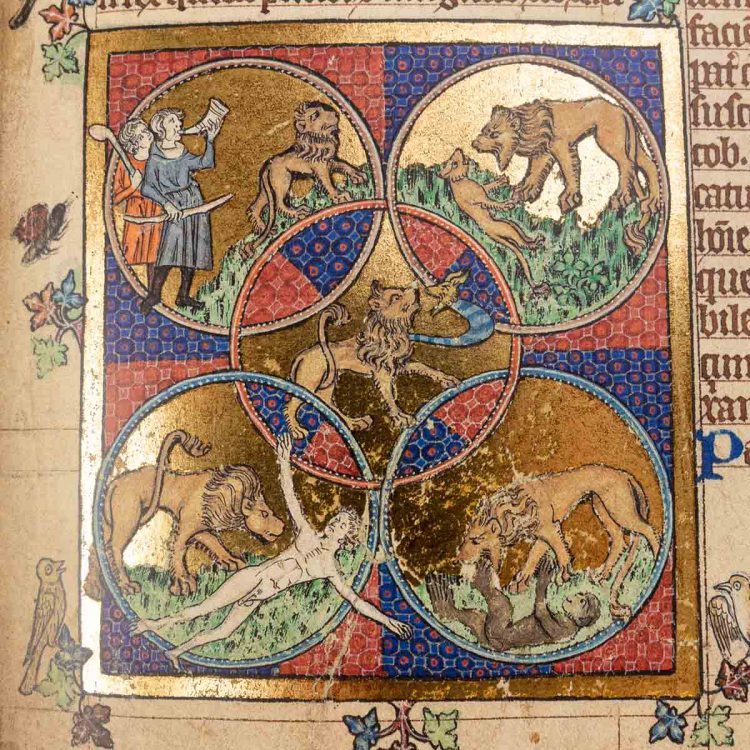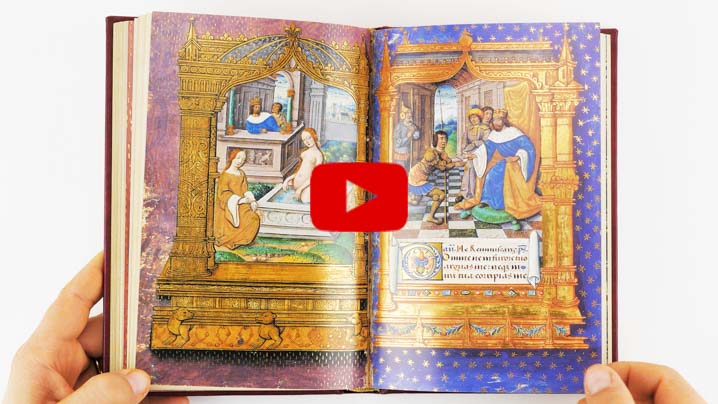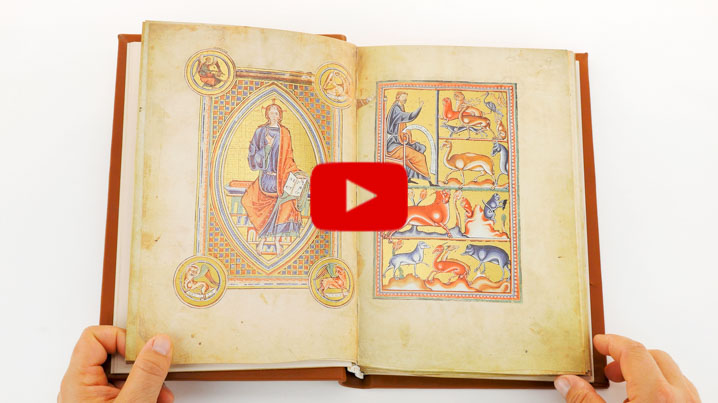Once upon a time, there was a… snake with two heads? A Yale on a golden background? This week, I discovered that a masterpiece of the English Gothic can entertain my kids better than any videogame.
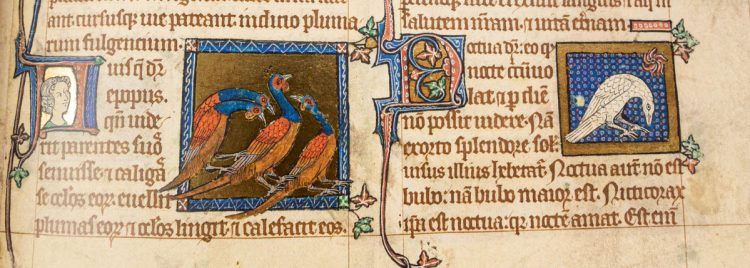
Among the challenges posed by COVID-19, one of the most urgent is: what are the kids going to do without school? For us at FacsimileFinder, the answer resulted in the office whiteboards becoming crowded with stars, hearts, and unidentifiable swirls which “of course, dad, are a dragon and a crocodile in a battle!”
Once all homework was done, and all coloring books were completed, I was faced with the dread of finding an activity for my two children (aged 10 and 6) that would not entail breaking into the office server — yes, my 10-year-old is particularly brilliant when it comes to technology — or playing hide-and-seek in the middle of shelves filled with gold-coated maps and bejeweled books.
The Peterborough Bestiary saved my day.
I had never put much thought into the fact that a medieval animal compendium, built for spreading the Christian values connected to every creature, would open up an imaginary world to those of us whose mind has not yet been tampered by adult age.
By looking at lions with lizards’ tails, birds with feet in their mouth, and two-headed dragons, my two kids invented stories for hours on end and ended up making the most extraordinary drawings I’ve seen flow out of their crayons.
Of course, at the end of the afternoon they wanted me to sit with them and read about their favorite animals. Again. And again. And again.
(I have never felt so grateful for having the entire translation because, as you can easily guess, neither I or my kids are particularly fluent in Latin. Thank you, Salerno Editrice!)
I’ve told the stories so many times I have memorized the literal translation from the 14th-century Latin text. So if your children would like some medieval inspiration for their drawings, here it is!
At the end, you can even play a little matching game.
The Amphisbaena
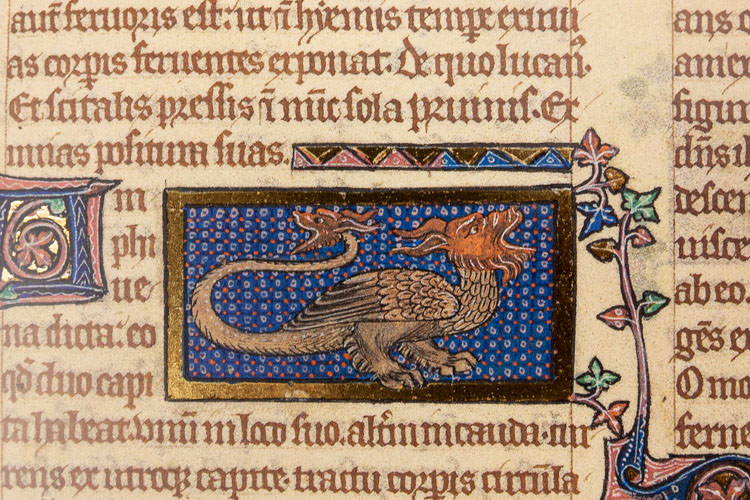
The Amphisbaena is a snake-like animal with eyes that shine like lanterns and two heads, one at its place and the other one on its tail. As Lucan said: “the horrifying Amphisbaena lifts the two twin heads”. It runs in two different directions and it’s the only snake to resist winter. Pronunciation here!
The Yale
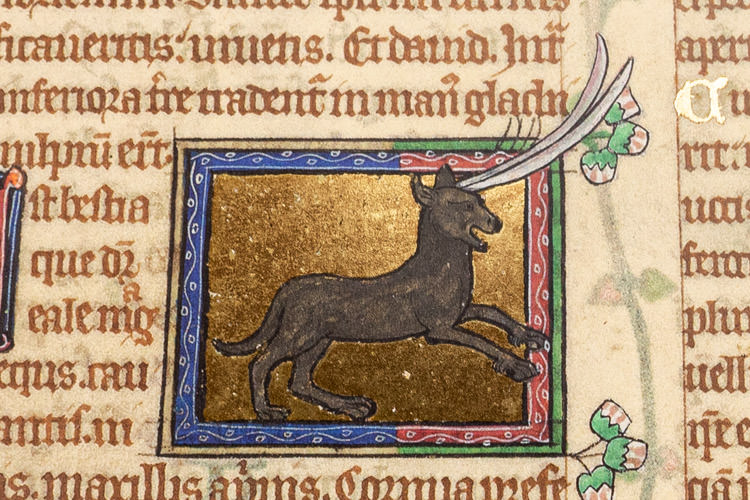
The Yale is a big black horse-like animal, with an elephant’s tail and wild boar’s jaws. Its long horns are not firm but help the Yale with its needs, especially during a fight. While one horn is involved in the fight, the other one is used as a shield so that, in case of damage, it can act as a replacement.
The Antelope
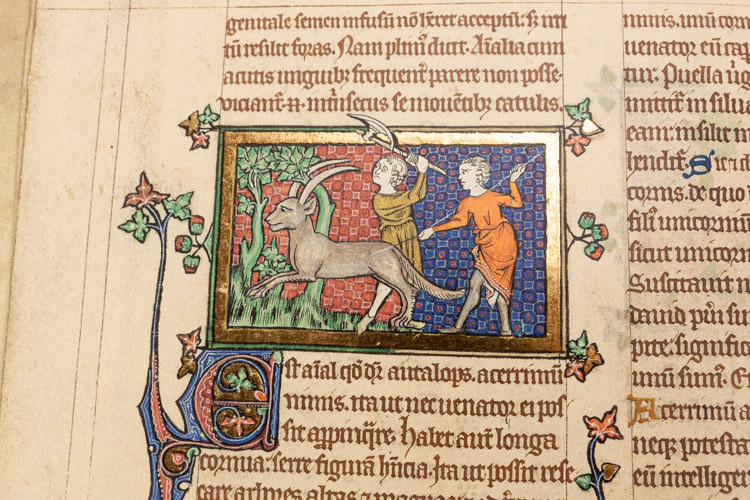
The Antelope is an animal with sharp senses and two long saw-like horns it uses to cut and tear down trees. When it plays by the Euphrates river and gets stuck with its horns in the tall bushes the hunters move closer to the animal as they hear its crying. That’s the only way they can catch it.
The Mermaid
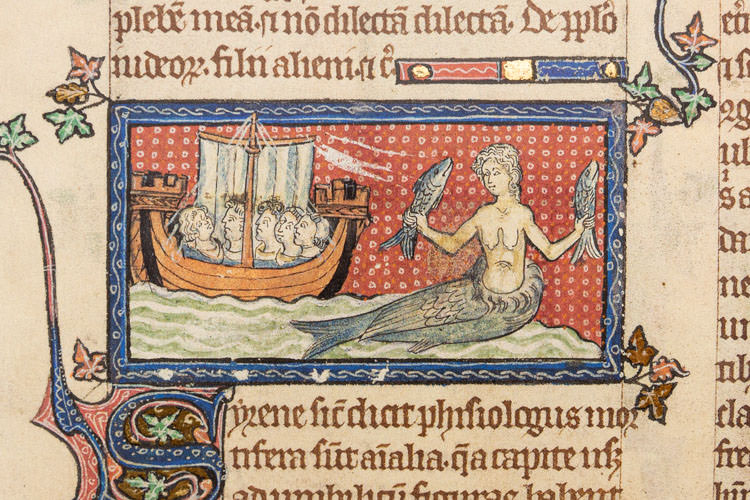
Mermaids are fatal animals with a human-like upper body and a bird-like tail, who trick men with their voice. They seduce and persuade men who instantly feel attracted by their singing and move closer to them; but when they fall asleep mermaids wolf down their bodies.
The Unicorn
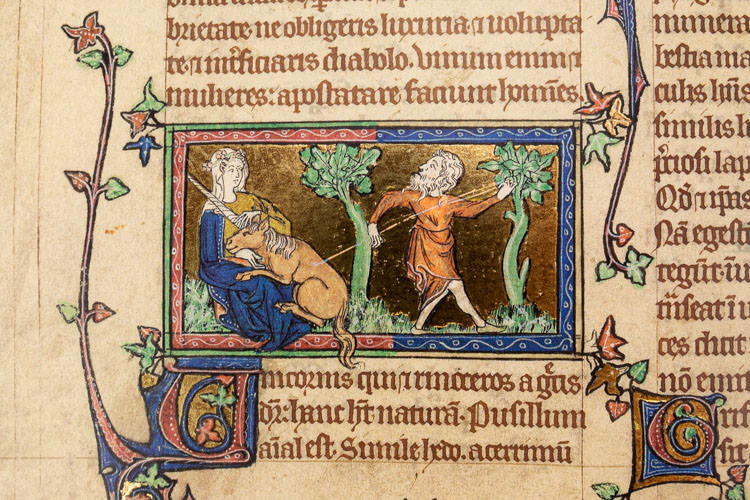
The Unicorn, also called rhino by the Greeks, is a small goat-like animal with one horn projecting from its forehead and exceptionally sharp senses. No hunter can catch it; the only way to grab it is to bring a young girl to the forest and leave her alone waiting for the unicorn to see her and jump on her laps to hug her.
Click on the pictures to find out if you guessed right!
NEW WEEKLY VIDEOS
Find our more about The Barberini Book of Hours for Rouen (Vatican City, Biblioteca Apostolica Vaticana) on our website!
Find our more about the Oxford Bestiary (Oxford, Bodleian Library) on our website!


